API documentation is a critical component in software development, acting as the bridge between the developers who create APIs and those who use them.
According to a Postman survey, over 52% of respondents said lack of documentation was the biggest problem, highlighting its significance in the development process.
In this blog, we will explore the intricacies of API documentation, including its various types, benefits, and essential structure. We will also explore real-world API documentation examples to understand how it enhances developers’ user experience.
What Is API Documentation?
API documentation is a comprehensive guide that explains how to use and integrate an Application Programming Interface (API) effectively. It is a crucial resource for developers, detailing the available endpoints, methods, parameters, and data formats required to interact with the API.
The documentation often includes code examples, tutorials, and explanations of various functions and features, enabling developers to understand how to implement the API in their applications efficiently.
For example, consider the API documentation for a weather service API. This documentation would introduce the API and its primary purpose, like providing real-time weather data for various locations. It would then outline the base URL and the available endpoints, such as:
`/current`, `/forecast`, and `/historical`
Each endpoint would be accompanied by a detailed description of the required parameters (e.g., location, date, units) and the expected response format (e.g., JSON or XML).
A well-documented weather API might also include sample requests and responses to illustrate how the API works in practice. For example, the documentation could show a sample GET request to fetch the current weather for New York City, including the necessary API key and query parameters.
The corresponding response would display the structure of the returned data, such as temperature, humidity, wind speed, and other relevant weather conditions. By providing these examples, the documentation helps developers quickly grasp how to make successful API calls and interpret the results.
| Related blog: Top 10 Best API Documentation Tools & Software |
What Are the Types of API
APIs come in various forms, each tailored to meet specific needs and use cases within an organization and beyond. API types serve different purposes and benefits, enhancing efficiency, collaboration, and innovation.
Internal APIs
Internal APIs, or APIs for the team, are designed to be used exclusively within an organization. These APIs enable communication and data sharing among various internal systems, enhancing efficiency and productivity.
By providing standardized interfaces for accessing internal services and data, team APIs help developers streamline workflows and automate repetitive tasks.
Partner APIs
Partner APIs are designed for use by an organization’s business partners, enabling them to integrate and interact with the company’s systems and services. These APIs often have stricter access controls and security measures to ensure only authorized partners can use them.
Partner APIs enable collaboration and extend the functionality of a company’s offerings by allowing partners to build complementary services or enhance existing ones.
Public APIs
Public APIs, or APIs for end-users, are accessible to external developers and the general public. They are designed to enable third-party developers to create applications that interact with a company’s services, fostering an ecosystem of complementary products and services.
Public APIs are often well-documented and widely promoted to encourage adoption and innovation.
Who Writes API Documentation?
Creating effective open API documentation is a collaborative effort involving multiple organizational roles. Let’s see who has the primary responsibilities.
Technical Writers
Technical writers translate complex technical information into clear, concise, and accessible content. They work closely with developers to understand the API’s functionality and usage and ensure that every detail is accurately documented.
Their expertise in structuring information and using plain language makes the documentation easier to understand for a broad audience, from novice developers to seasoned professionals.
Developers
Developers provide the technical details and insights to accurately describe the API’s functionality. They contribute code samples, explain the purpose and usage of different endpoints, and identify common use cases and potential pitfalls.
Developers’ firsthand experience with the API ensures that the documentation is technically accurate and covers all necessary aspects of implementation and troubleshooting.
Product Managers
Product managers offer a strategic perspective, helping define the API documentation’s scope and objectives. They ensure the documentation aligns with the overall product vision and meets the target audience’s needs.
Product managers also help prioritize which features and endpoints should be documented based on their importance and frequency of use.
Support Teams
Support teams provide valuable input by highlighting common questions and issues that users encounter. Their insights help identify areas where the documentation may need additional clarification or examples.
By collecting feedback from support teams, the documentation can more effectively address real-world user problems, reducing the number of support requests and improving the overall user experience.
What Are the Benefits of Creating API Documentation?
Creating effective API documentation is more than a technical requirement; it is a strategic asset that can significantly enhance an API’s usability and adoption. Let’s explore its many benefits.
Enhanced Developer Experience
Well-crafted API documentation enhances the developer experience by providing clear and detailed instructions on using the API. This reduces the learning curve for new users and helps them quickly understand the API’s capabilities and limitations.
Clear documentation, including examples and best practices, allows developers to implement the API correctly and efficiently, leading to higher satisfaction and more effective API use.
Better Adoption & Integration
Well-documented APIs are more likely to be adopted by developers. When the documentation is easy to understand and navigate, developers are more inclined to integrate the API into their projects.
This increased adoption results in a broader user base and more innovative applications built on the API.
Reduced Support Costs
Comprehensive API documentation can significantly reduce the need for support. When developers can find answers to their questions and troubleshoot issues independently, the volume of support tickets and inquiries decreases.
This saves developers and support teams time and allows the support staff to focus on more complex issues requiring personalized assistance.
Enhanced Collaboration & Communication
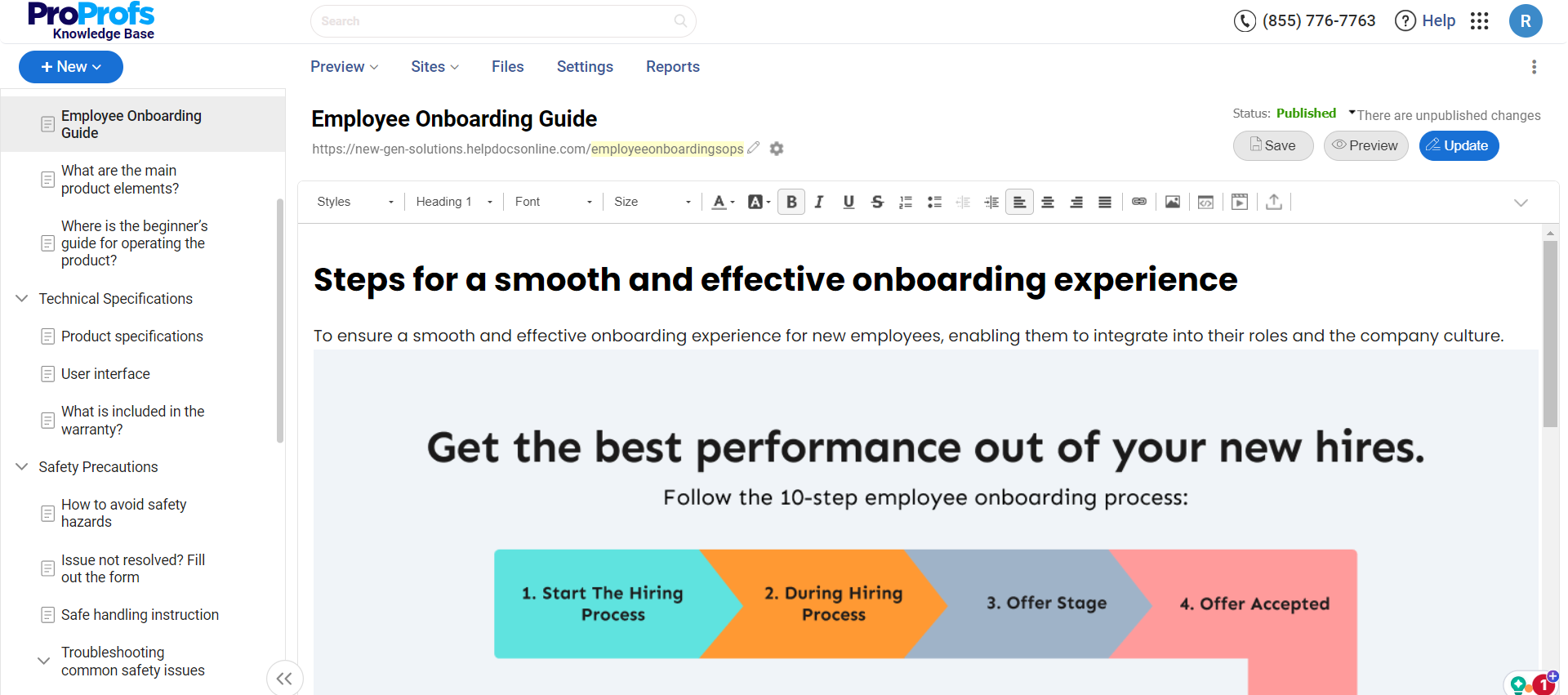
API documentation is a reference point for internal and external teams, fostering better collaboration and communication. When all stakeholders have access to the same comprehensive information, everyone is on the same page regarding the API’s functionality and usage.
This common understanding is crucial for coordinated development efforts, particularly in larger projects involving multiple teams or third-party developers.
Improved Product Quality & Innovation
Well-written API documentation helps developers understand how to use the API correctly, reducing the likelihood of application errors and bugs. This leads to higher-quality software and a more stable integration of the API.
Also, when developers thoroughly understand the API’s capabilities, they are more likely to explore innovative ways to use it, creating new and unique solutions that can add significant value to the product ecosystem.
FREE. All Features. FOREVER!
Try our Forever FREE account with all premium features!
The Structure of API Documentation: Design & Function
The structure of API documentation is vital to ensure that it is both informative and easy to navigate. Let’s discuss some essential elements that contribute to the design and function of comprehensive API documentation.
Introduction & Overview
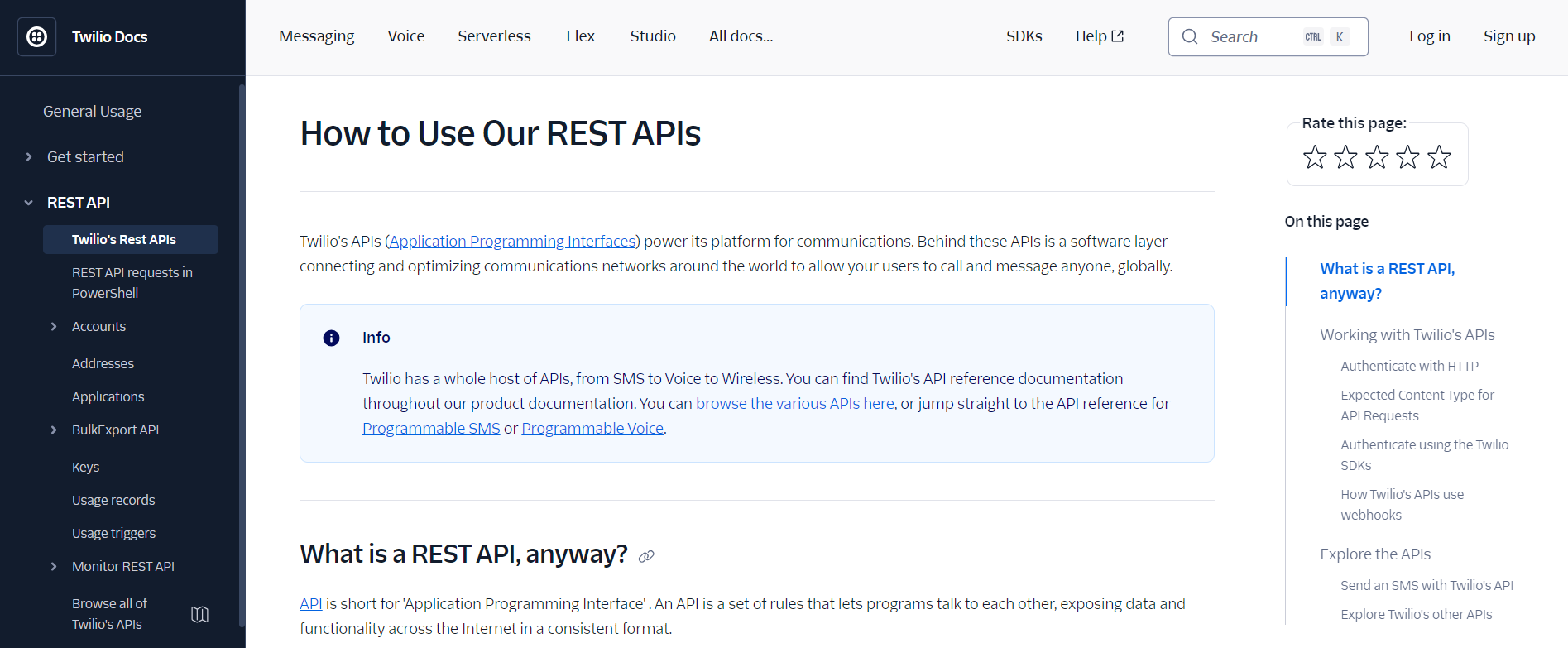
This is the first section users encounter, which sets the stage for the rest of the documentation. It provides a high-level overview of the API, including its purpose, primary functionalities, and potential use cases.
It includes information about the target audience, prerequisites, and any necessary setup steps. A clear and concise introduction helps users quickly grasp the API’s value and scope.
Authentication & Authorization
Authentication and authorization are critical elements that ensure secure access to the API. This section details the methods for authenticating requests, like API keys, OAuth tokens, or other security mechanisms.
Providing clear examples of including these credentials in API requests helps users understand how to interact with the API securely.
Endpoints & Methods
The core of any API documentation is the detailed description of endpoints and methods. Each endpoint should be documented with its URL, supported HTTP methods (GET, POST, PUT, DELETE, etc.), and a clear explanation of its purpose.
This section should also include details on required and optional parameters, headers, and request body formats. For each endpoint, providing example requests and responses in various programming languages can greatly enhance understanding and ease of use.
Data Models & Schemas
Understanding the API’s data models and schemas is essential for developers to interact with it effectively. This section should describe the structure of the data returned by the API, including field names, data types, and any nested objects.
Providing JSON or XML schema definitions can help users understand the expected data formats and how to parse the responses correctly.
Error Handling & Troubleshooting
Comprehensive API documentation should include a section on error handling detailing the possible error codes and messages that the API might return.
Describing common error scenarios and troubleshooting tips can help users diagnose and resolve issues more efficiently. This section should also include examples of error responses and suggestions for corrective actions.
Examples & Use Cases
Providing practical examples and real-world use cases helps users understand how to implement the API in their own applications. This section can include sample code snippets, detailed walkthroughs of common tasks, and best practices for using the API effectively.
By demonstrating the API’s capabilities in context, users can more easily envision how it can be applied to their needs.
FAQs & Additional Resources
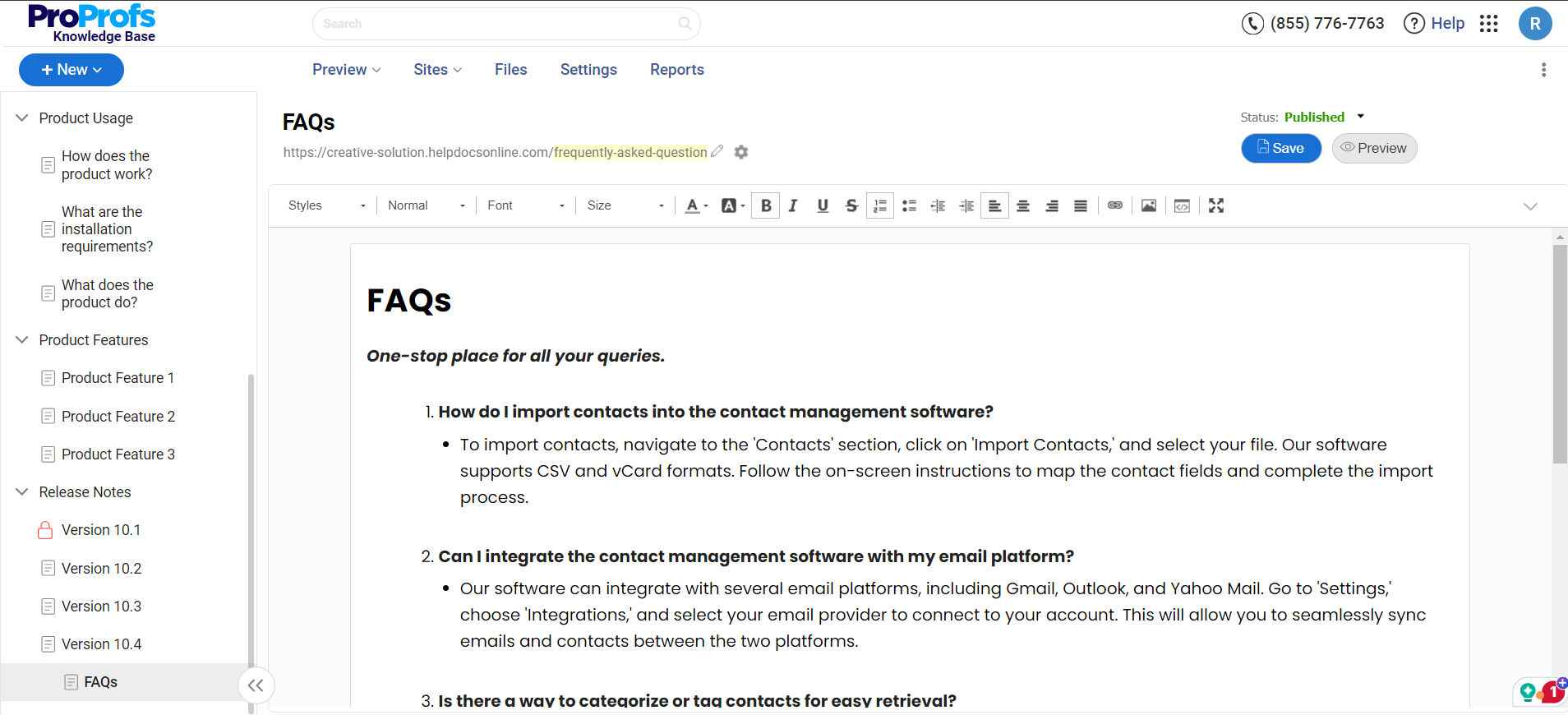
A frequently asked questions (FAQ) section can address common queries and concerns, providing quick answers to typical problems users might encounter.
Additionally, linking to external resources such as tutorials, SDKs, or community forums can offer further assistance and support. Providing a glossary of terms and a comprehensive index can enhance the documentation’s usability.
How to Write Your First API Documentation
Writing your first API documentation can seem daunting, but with a clear plan and structured approach, you can create a valuable resource for developers. Let’s discuss the steps.
Understand Your Audience
Identify whether your documentation is aimed at beginner developers, experienced engineers, or a specific industry group.
Understanding your audience helps tailor the content to their needs, ensuring that the language, examples, and explanations are appropriate for their skill level and technical background.
Outline the User Journey
Map out a user journey to create intuitive and helpful documentation. Start by outlining the key tasks and workflows users must accomplish with your API. This includes everything from setting up authentication to making basic and advanced API requests.
A clear user journey helps organize your documentation in a logical flow, guiding users step-by-step through integrating and using your API.
Establish Guidelines for Common Use Cases
Start your documentation with guidelines that cover the most common use cases and scenarios. This section should provide detailed instructions on performing typical tasks, such as retrieving data, updating records, or handling user authentication.
By addressing these common scenarios upfront, you provide users with a solid foundation on which to build as they explore more advanced features of your API.
Provide Code Examples
Adding sample code is essential for helping developers understand how to implement your API. Provide examples in multiple programming languages to cater to a diverse audience.
Each example should be clear, concise, and directly related to the tasks outlined in your user journey. Including real-world code, snippets give users practical tools to start working with your API quickly.
Highlight Errors & Status Codes
Effective API documentation must include comprehensive information on error messages and status codes. It should elaborate on the various errors that users might encounter, explain their meanings, and offer troubleshooting tips.
Cover HTTP status codes, describing what each code indicates and how users should handle different responses. You help users diagnose and resolve issues efficiently by clearly explaining potential errors.
Keep Your Documentation Updated
Update the content regularly to reflect changes in the API, such as new features, deprecations, or bug fixes.
Encourage user feedback to identify areas for improvement and ensure the documentation remains accurate and helpful. Keeping your documentation up-to-date ensures users have access to the latest information, which is crucial for their success and satisfaction.
What Are Some API Documentation Best Practices?
Writing high-quality API documentation is crucial for ensuring developers can easily understand and integrate with your API. Here are some best practices for creating effective API documentation.
Be Clear & Concise
Clarity and conciseness are key to making your documentation accessible. Use simple, straightforward language to explain concepts and instructions. Avoid unnecessary technical jargon and verbose descriptions.
Each section should be focused and to the point, ensuring users can quickly find and understand the necessary information. Break down complex processes into smaller, manageable steps with clear headings and subheadings.
Organize Content Logically
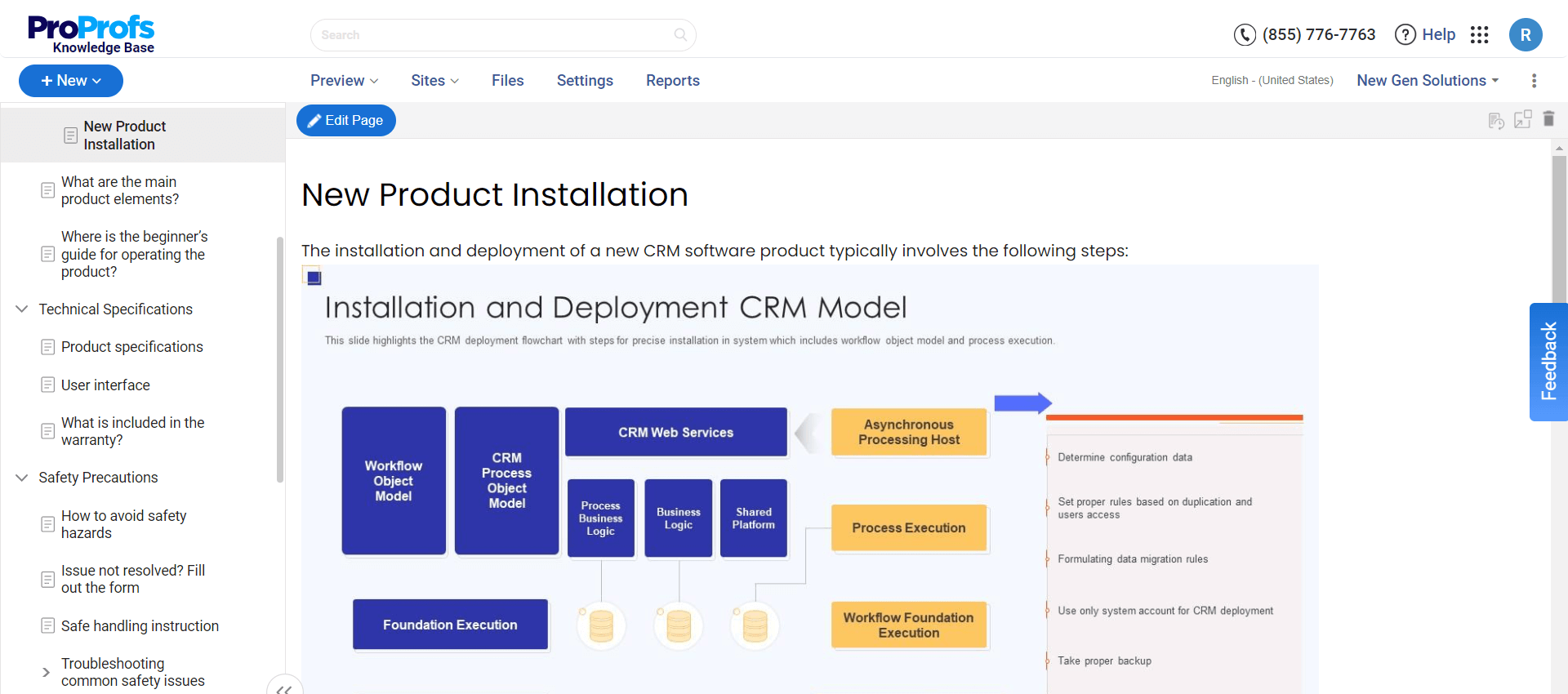
The logical organization of content helps users navigate the documentation with ease. Start with an overview and introduction, followed by sections on authentication, endpoints, and data models.
Use a consistent structure for each endpoint, detailing the purpose, parameters, request and response formats, and examples. A well-organized table of contents and a search feature can also greatly enhance usability.
Incorporate Detailed Examples
Incorporating comprehensive examples helps users see how to apply your API in practical scenarios. Provide code snippets in multiple programming languages to cater to a diverse developer audience.
Each example should be directly related to common tasks and use cases, showing exactly how to implement the API. This practical approach not only aids comprehension but also encourages adoption by demonstrating the API’s real-world utility.
Document Errors & Status Codes
A comprehensive error-handling section is crucial for troubleshooting. Clearly document all possible error messages and status codes the API might return. Explain each error, its possible causes, and how users can resolve them.
Include HTTP status codes and provide detailed explanations for each. This information helps developers diagnose and fix issues quickly, improving their overall experience with your API.
Regularly Update the Documentation
Maintaining up-to-date documentation is essential for its effectiveness. As your API evolves, ensure the documentation reflects all changes, including new features, updates, and deprecations.
Regular updates prevent confusion and ensure users always have the most accurate information. Encourage user feedback to identify areas that need clarification or improvement, and use this input to enhance the documentation continuously.
Best Examples of API Documentation
The following are a few examples of real API documentation that you can use to inspire your own efforts.
ManageEngine by Zoho
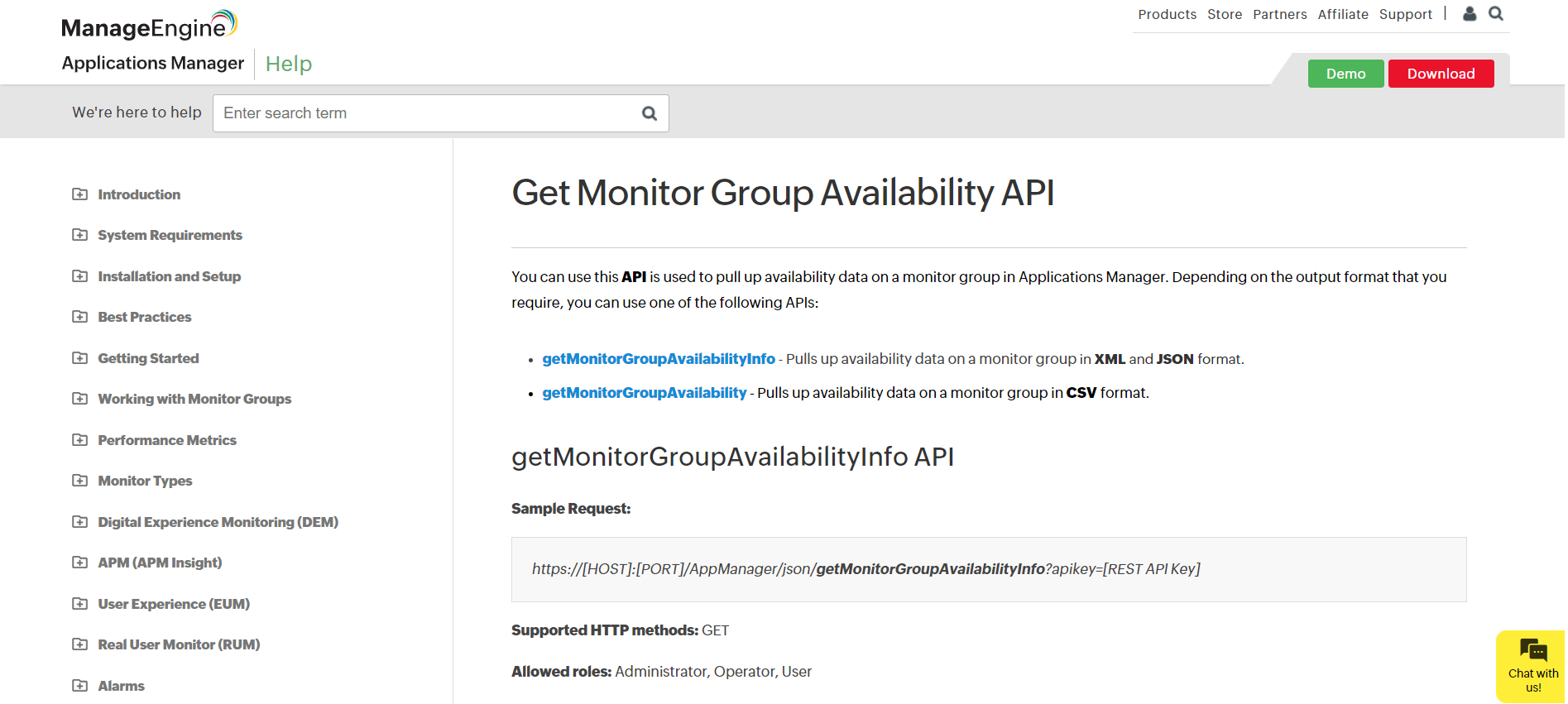
ManageEngine’s ‘Get Monitor Group Availability’ API help page gives users options to pull up availability data on a monitor group in the Applications Manager. Depending on your required output format, you can use either of the provided APIs.
The page employs a clear and concise writing approach, providing straightforward instructions. The language is technical yet accessible, ensuring that both novice and experienced users can follow along.
Riscure
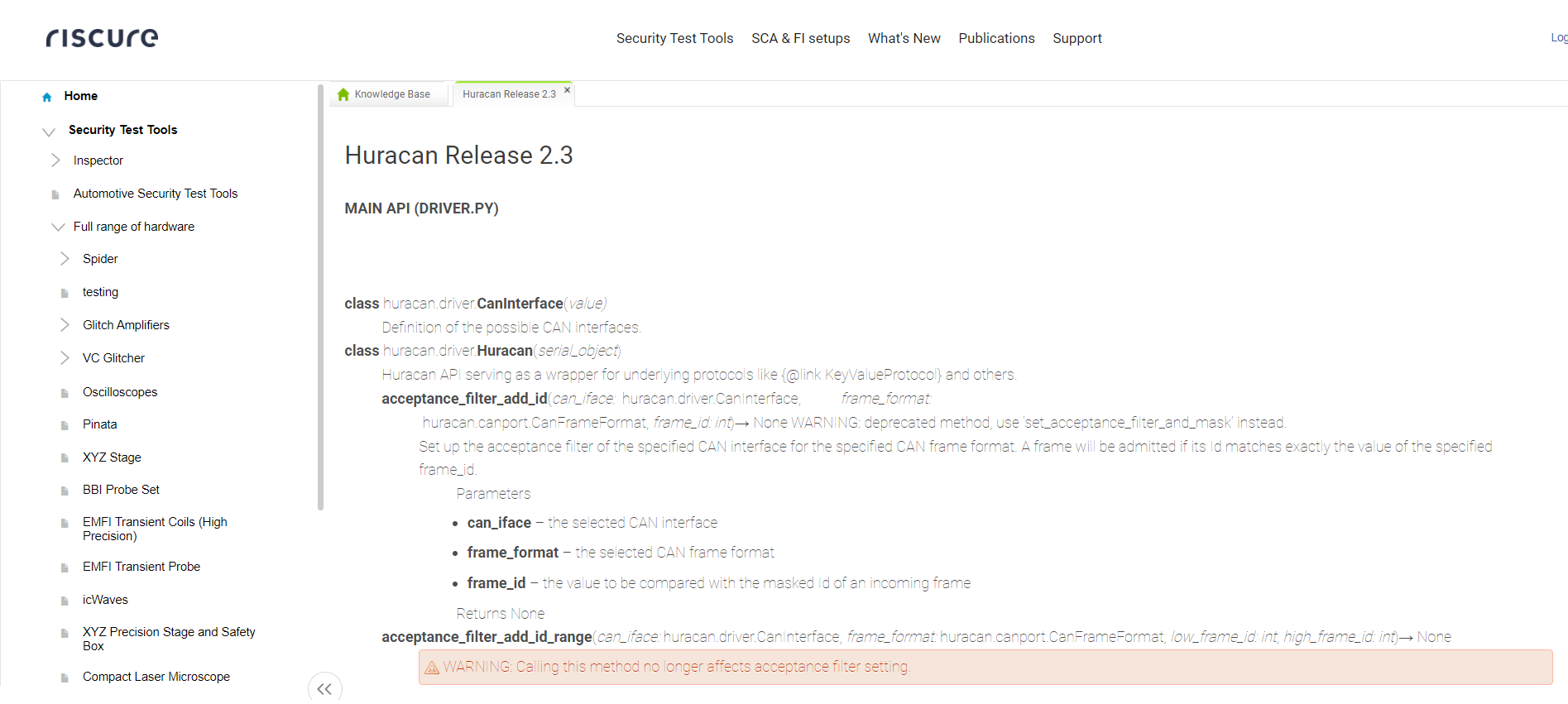
Riscure’s “Huracan Release 2.3” help page provides detailed information about the latest updates and features in this release. The writing approach is clear and informative, using technical language appropriate for its audience.
It includes a comprehensive list of new features, bug fixes, and enhancements, presented in bullet points for easy readability.
Dropbox API
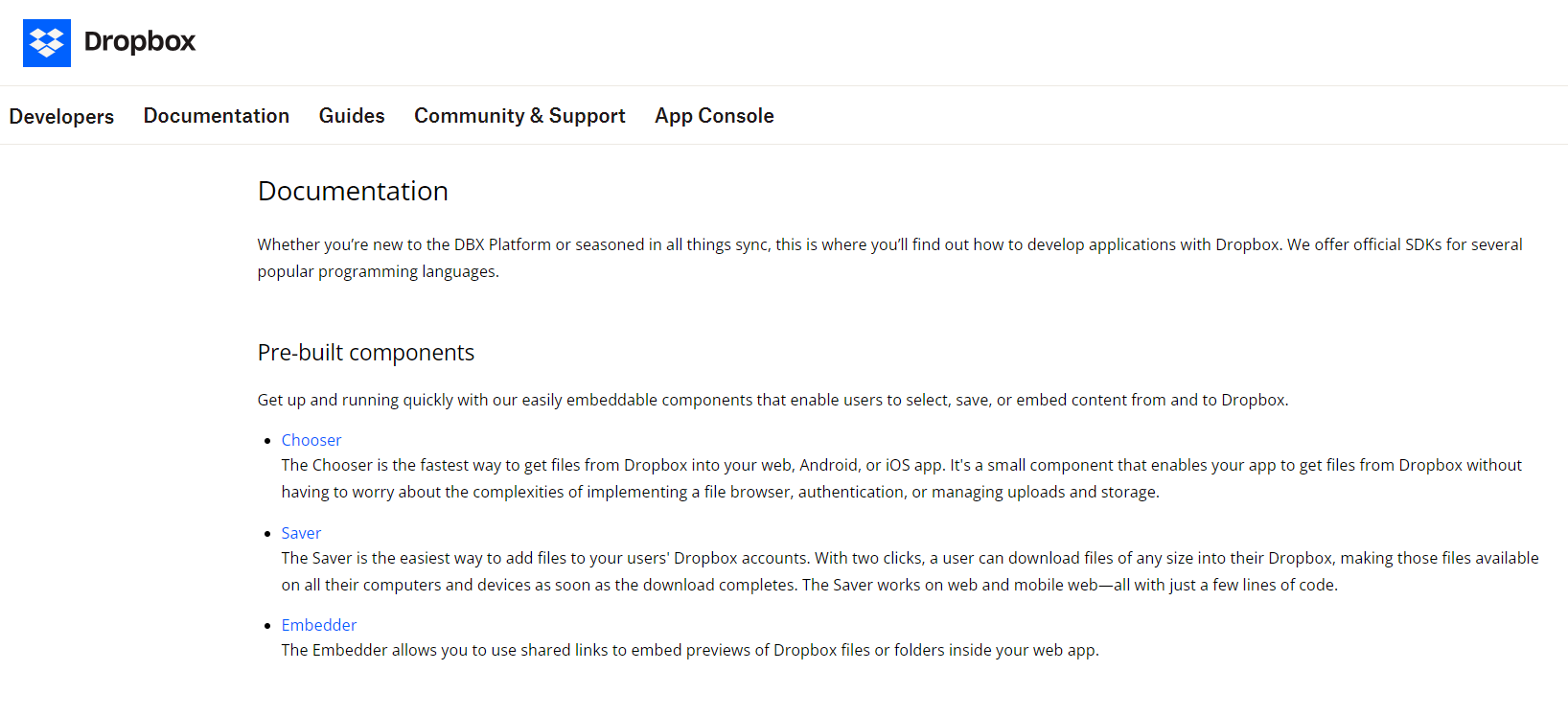
Dropbox’s API allows developers to create integrations with Dropbox’s document-sharing platform. It provides pre-built components for embedding Dropbox features and includes an API reference for building custom applications and integrations. Additionally, Dropbox offers several official SDKs for popular programming languages.
FREE. All Features. FOREVER!
Try our Forever FREE account with all premium features!
Enhance the Developer Experience with Extensive API Documentation
API documentation provides the information needed to use and integrate APIs effectively. Understanding its types, benefits, and best practices helps create comprehensive and user-friendly documentation.
ProProfs Knowledge Base is an excellent tool for creating high-quality API documentation. It offers customizable templates for consistency and robust search functionality for easy information access. Its AI-powered, Word-like editor lets you upload your existing content and improve it with its generative AI integration. Explore the tool to learn more.
 Tips
Tips
We’d love to hear your tips & suggestions on this article!
FREE. All Features. FOREVER!
Try our Forever FREE account with all premium features!


 We'd love your feedback!
We'd love your feedback! Thanks for your feedback!
Thanks for your feedback!







